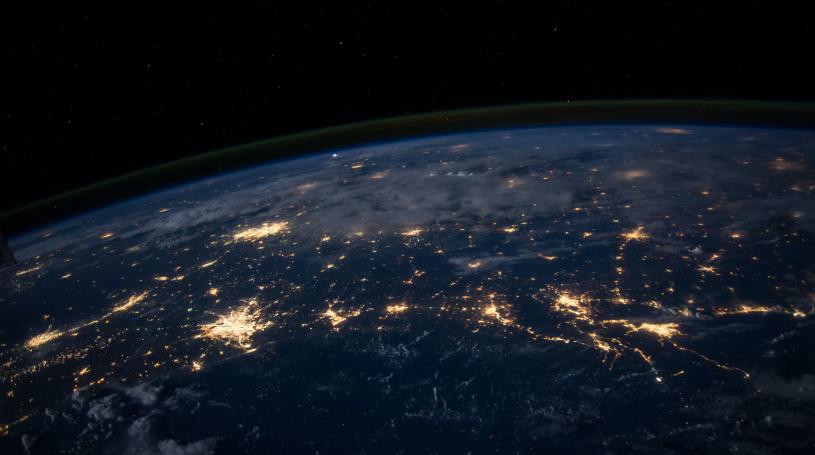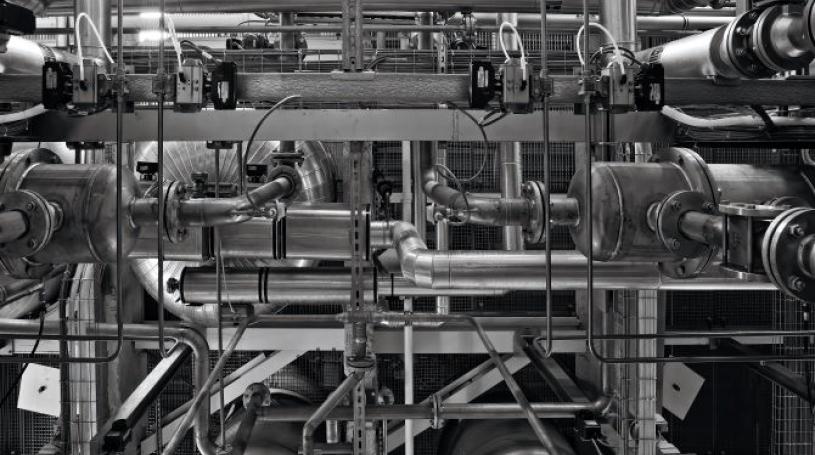Reasons to be hopeful: the climate solutions available now
The climate emergency is the biggest threat to civilisation we have ever faced. But there is good news: we already have every tool we need to beat it. The challenge is not identifying the solutions, but rolling them out with great speed.
Some key sectors are already racing ahead, such as electric cars. They are already cheaper to own and run in many places – and when the purchase prices equal those of fossil-fueled vehicles in the next few years, a runaway tipping point will be reached.
Electricity from renewables is now the cheapest form of power in most places, sometimes even cheaper than continuing to run existing coal plants. There’s a long way to go to meet the world’s huge energy demand, but the plummeting costs of batteries and other storage technologies bodes well.
And many big companies are realising that a failure to invest will be far more expensive as the impacts of global heating destroy economies. Even some of the biggest polluters, such as cement and steel, have seen the green writing on the wall.
Buildings are big emitters but the solution – improved energy efficiency – is simple to achieve and saves the occupants money, particularly with the cost of installing technology such as heat pumps expected to fall.
Stopping the razing of forests requires no technology at all, but it does require government action. While progress is poor – and Bolsonaro’s Brazil is going backwards – countries such as Indonesia have shown regulatory action can be effective. Protecting and restoring forests, particularly by empowering indigenous people, is a potent tool.
Recognition of the role food and farming play in driving global heating is high, and the solutions, from alternatives to meat to regenerative farming, are starting to grow. As with fossil fuels, ending vast and harmful subsidies is key, and there are glimmers of hope here, too.
In the climate crisis, every fraction of a degree matters and so every action reduces people’s suffering. Every action makes the world a cleaner and better place to live – by, for example, cutting the air pollution that ends millions of lives a year.
The real fuel for the green transition is a combination of those most valuable and intangible of commodities: political will and skill. The supply is being increased by demands for action from youth strikers to chief executives, and must be used to face down powerful vested interests, such as the fossil fuel, aviation and cattle industries. The race for a sustainable, low-carbon future is on, and the upcoming Cop26 climate talks in Glasgow will show how much faster we need to go.
Transport
Responsible for 14-28% of global greenhouse gas emissions, transport has been slow to decarbonise, and faces particular challenges in areas such as long-haul flight.
But technical solutions are available, if the will, public policy and spending are there, too. Electric cars are the most obvious: petrol and diesel vehicles will barely be produced in Europe within the decade. EV sales are accelerating everywhere, with the likes of Norway well past the tipping point, and cheaper electric vehicles coming from China have cut the fumes from buses. Meanwhile, combustion engines are ever more efficient and less polluting.
Employees on the assembly line for electric buses in Xi an, Shaanxi province, China. Photograph: Visual China Group/Getty Images
Bike and scooter schemes are growing rapidly as cities around the world embrace electric micromobility. Far cleaner ships for global freight are coming. The potential of hydrogen is growing, for cleaner trains where electrification is impractical, to be followed by ships and even, one day, planes. Manufacturers expect short-haul electric aircraft much sooner. Most of all, the pandemic has shown that a world without hypermobility is possible – and that many people will accept, or even embrace, a life where they commute and travel less.
Deforestation
Deforestation and land use change are the second-largest source of human-caused greenhouse gas emissions. The destruction of the world’s forests has continued at a relentless pace during the pandemic, with millions of hectares lost, driven by land-clearing in the Brazilian Amazon.
But there are reasons for hope. The UK has put nature at the heart of its Cop26 presidency and behind the scenes, the government is pushing hard for finance and new commitments from forested nations to protect the world’s remaining carbon banks. Indonesia and Malaysia, once global hotspots of deforestation, have experienced significant falls in recent years, the result of increased restrictions on palm oil plantations. However, the 2000s soy moratorium in Brazil shows these trends are reversible. Finally, there is a growing recognition of the importance of indigenous communities to protecting the world’s forests and biodiversity. In the face of racism and targeted violence, a growing number of studies and reports show they are the best guardians of the forest. Empowering those communities will be vital to ending deforestation.
Click on the link to access the full article, which explores:
- Technology
- Business
- Electricity
- Buildings
- Food and farming
- Manufacturing



